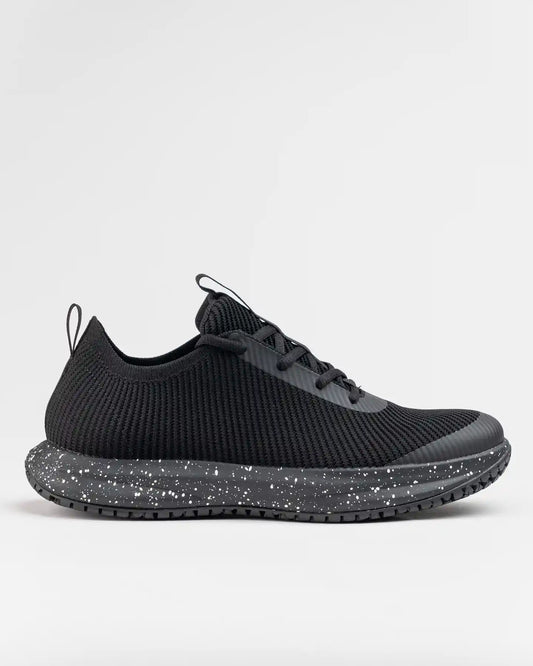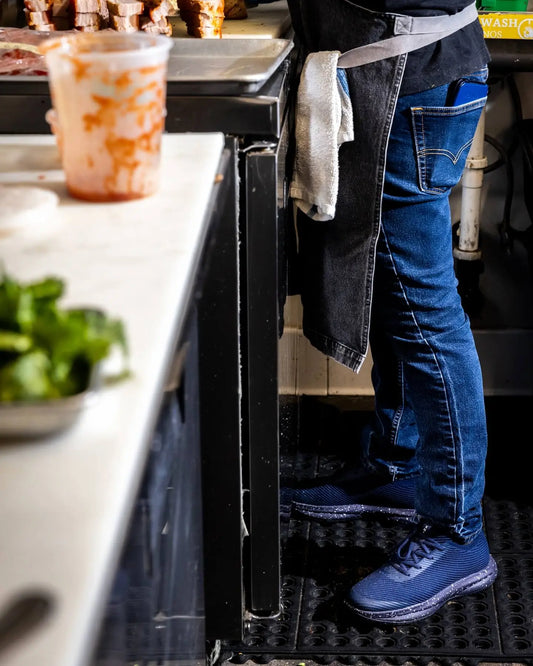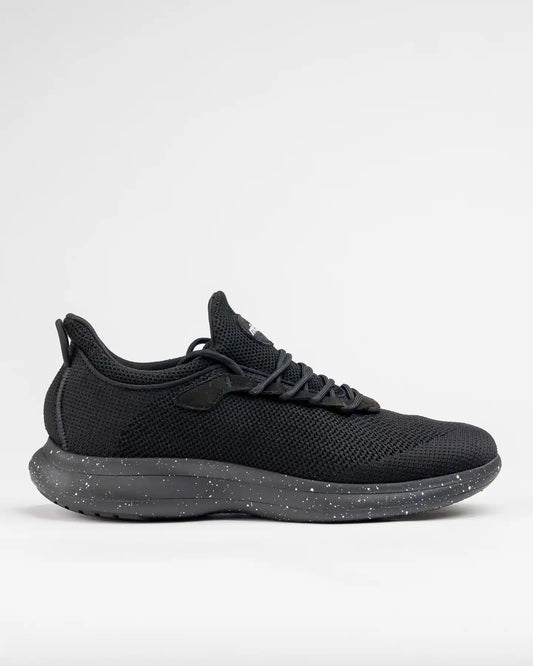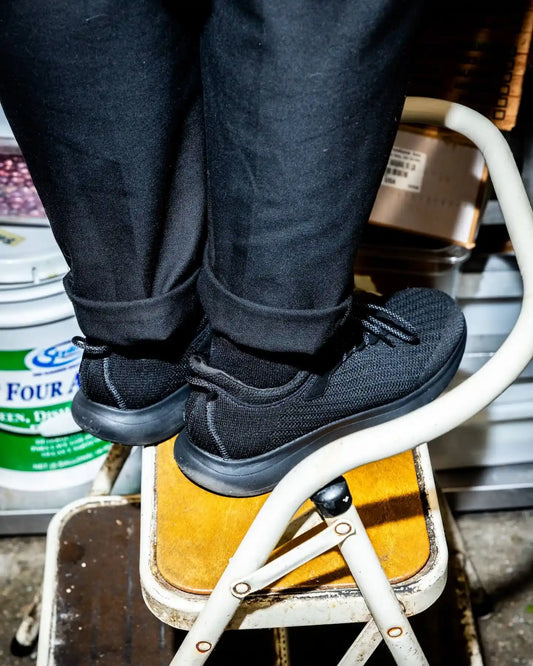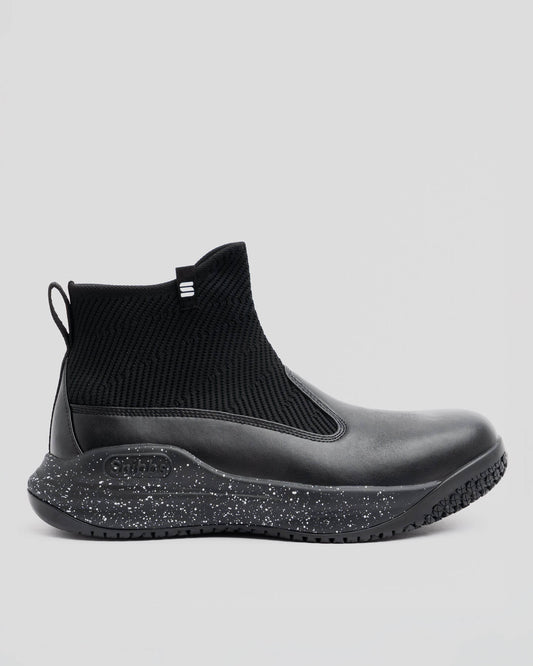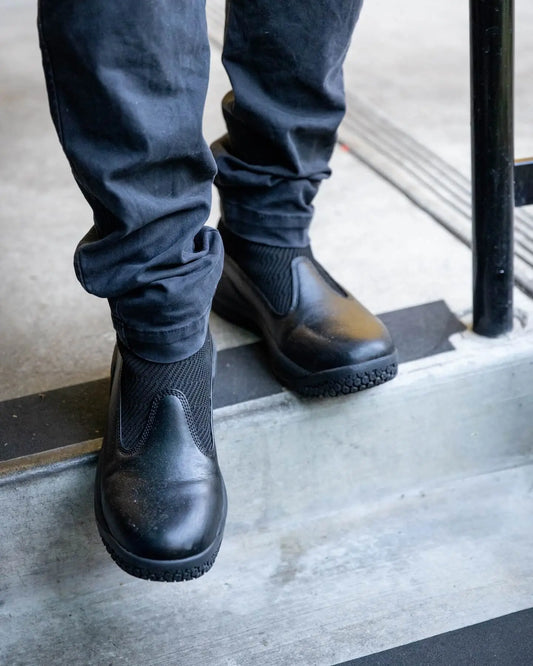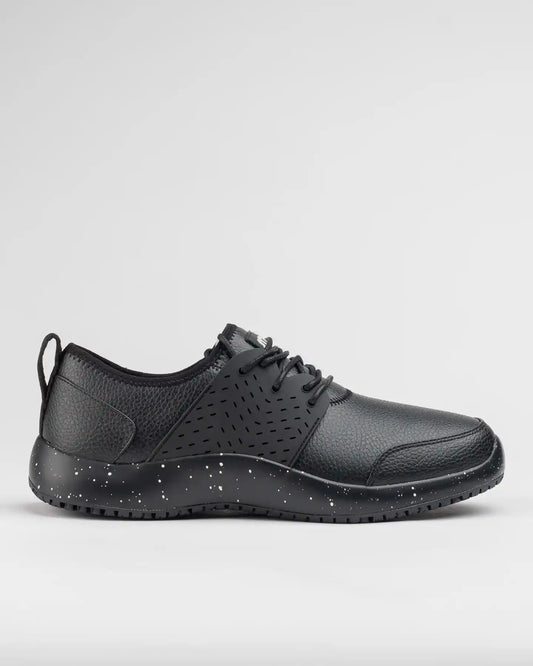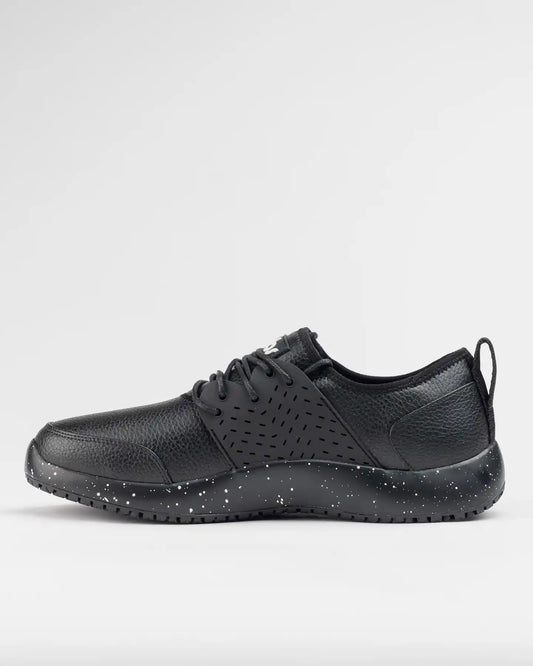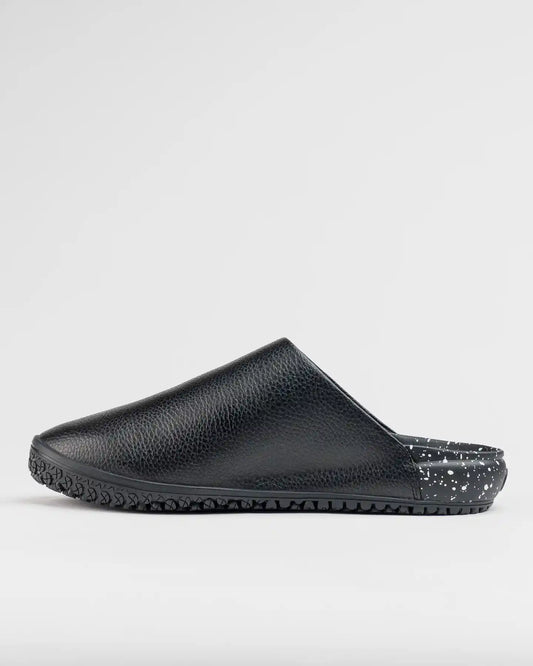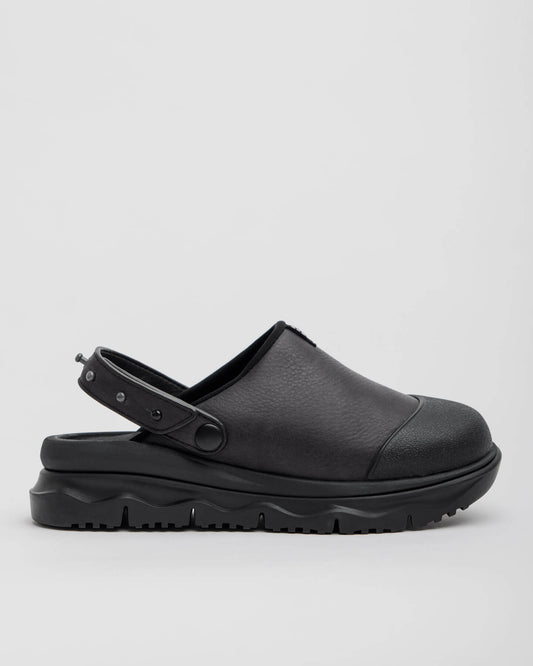Foot Safety Basics: A 5-Point Checklist
Snibbs Footwear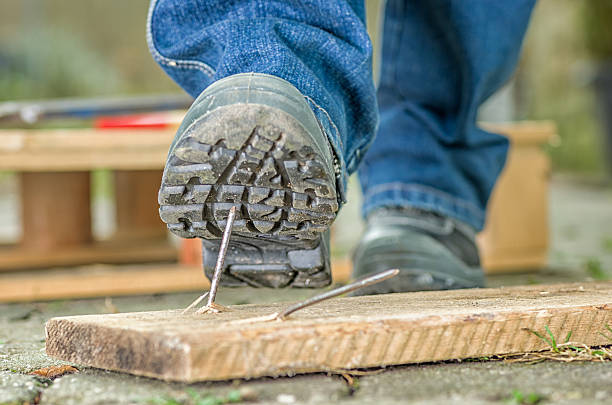
With foot-related injuries making up a sizable portion of workplace injuries, it is imperative that both employers and employees work towards a foot safety protection program. Here is a handy list of things to work towards:
Know the Causes of Foot Injury
First up, it is important to understand exactly how work-related foot injuries occur. Broadly there are 2 major categories of injuries. The first could be on account of accidents resulting from sharp objects, corrosive substances, crushing incidents, and more, while the second is a result of slips, trips and falls. Then, of course, there could be other foot-related issues such as jobs requiring people to be on their feet all day that can result in fatigue and increased propensity of accidents.
Work On Eliminating These Issues
With the source of hazard clearly understood, you can then work towards foot safety. This could mean working on many seemingly small issues such as:
- Ensuring the heavy machinery and equipment is well-guarded so that no untoward accidents can occur.
- There aren’t any sharp objects lying around that can cause injuries.
- Installing safety mirrors and warning signs.
- Installing anti-slip mats that prevent slips and falls.
- Ensuring proper lighting to improve vision.
Safety Footwear
Depending on the hazard assessment, there would be a need for the right safety footwear that provides adequate protection. From steel toes to chemical-resistant footwear, there are a whole lot of options available. Apart from this, if your workers have to spend a lot of time on their feet, it will help to have safety footwear that has a cushioned insole that provides adequate support. It will also be prudent for the shoe to have enough toe room that accommodates foot swelling at the end of a long day. Similarly, a deep heel cup is a must-have to help align the foot with the knee, hips and ankles. An anti-slip outsole also goes a long way in providing protection against accidents related to slips.
In choosing the footwear, emphasis should also be placed on the value of the footwear rather than the cost. Clearly saving a little bit by cutting footwear costs can really be outweighed by the cost incurred on account of an accident.
Other than choosing the right footwear, it is also important to work at how the footwear gets to the workers. You could choose from employer-paid distribution methods or an on-premise store, which besides making the footwear available also lends support.
Involve the Employees
The best way to provide for adequate foot safety, whether it is in the form of eliminating hazards or proving safety footwear, is to involve the employees. They are the ones who are in the best position to detail the kind of hazards they face. Not only can they suggest solutions, when they are a part of the solution, but the implementation is also far smoother. It will also help to provide adequate training to the employees on how and when to wear protective equipment, as well as how to maintain it. It will also help to keep the employees motivated and remind them of the company's commitment to safety. This could be by way of newsletters, incentive programs and more.
Know the Rules
Last, but definitely not the least, in order to keep your employees safe as well as to lower the cost of compliance, it will help to know the federal safety regulations for foot protection. In determining your foot protection program, it is extremely important to stay current with the guidelines, even though the emphasis clearly needs to be on compliance and beyond!
Here’s to foot safety and preventing workplace injuries!
